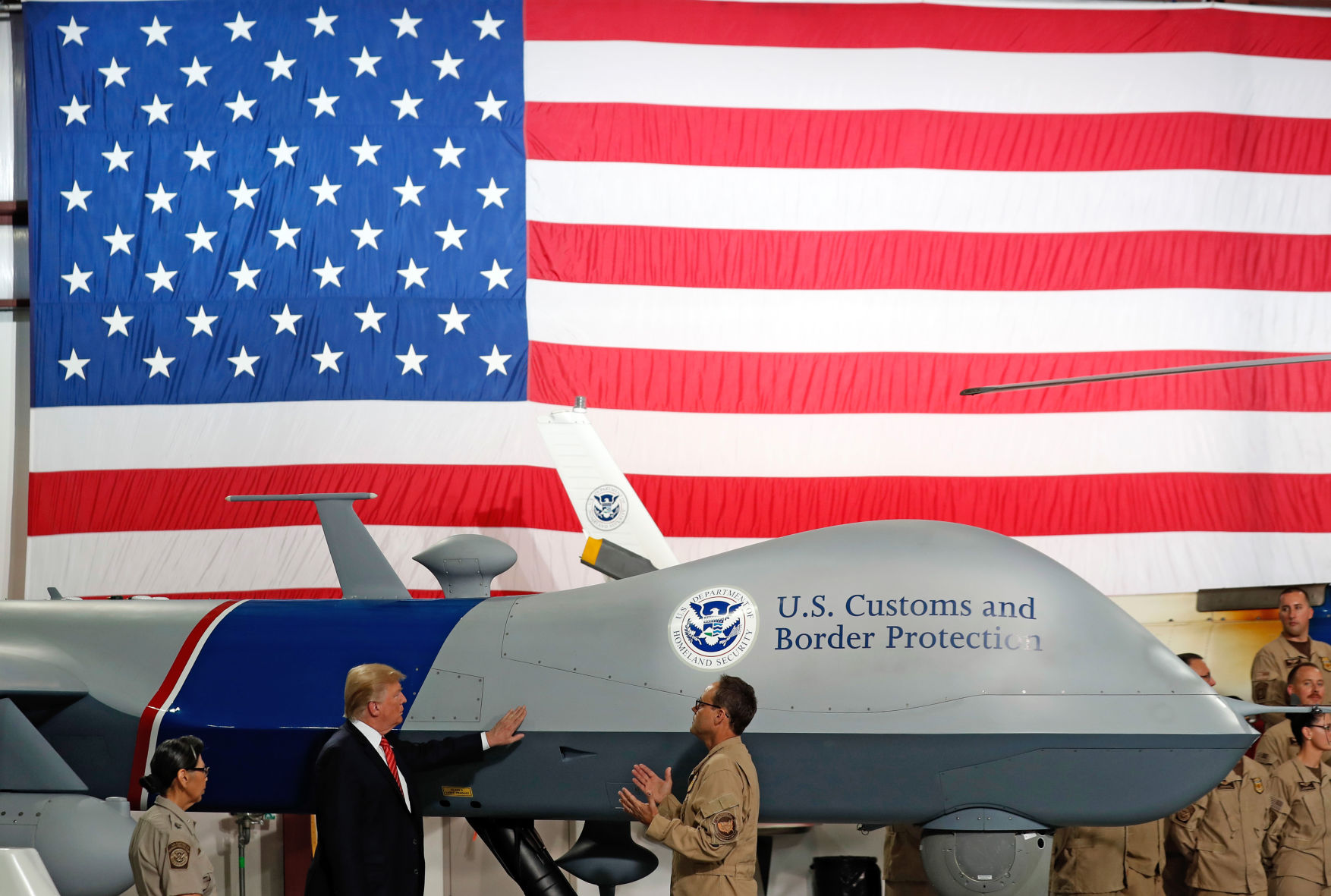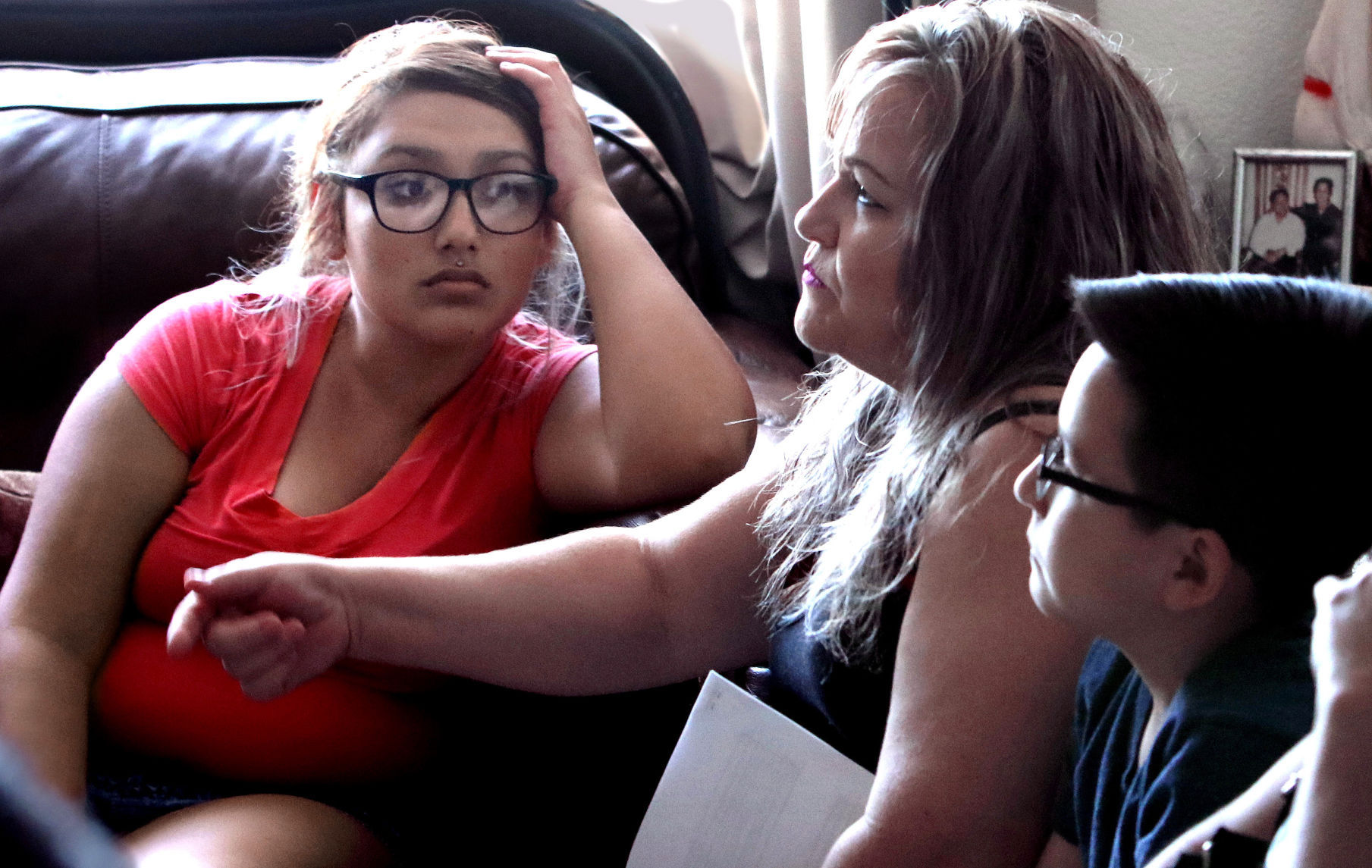
After months of tough campaign rhetoric, the Trump administration touted a steep decline in border-crossing arrests as evidence of a “new era.”
In Arizona, the arrest of an unauthorized immigrant at a Pima County court and a raid on a humanitarian aid camp near Arivaca offered further signs of an immigration crackdown.
But what exactly has changed along Arizona’s border with Mexico?
Federal immigration agents have arrested people at courthouses before.
The Arivaca camp raid wasn’t the first of its kind; Border Patrol agents also raided it in 2014.
And while arrests of border crossers did plummet after Trump took office in January, they had been declining for years. In 2016, there were 65,000 apprehensions in the Border Patrol’s Tucson Sector, down from more than half a million in 2000.
The truth is, Trump officials are not so much taking border enforcement in a radical new direction as they are tweaking the formidable border security machine built during the Bush and Obama administrations.
So Southern Arizonans without legal status find themselves in a familiar position: trying to figure out the new rules. While campaign bluster about mass deportations has subsided, the federal government is threatening to deport non-criminals living in this country illegally and is prosecuting first-time crossers, something that had largely stopped under Obama.
Scaling up those efforts would be monumentally difficult. The U.S. doesn’t have enough judges, immigration officers or detention space for mass deportations.
The Arizona Daily Star spoke with about three dozen faith leaders, school administrators, organizers, law enforcement officials, lawyers, service providers and immigrants, and gathered data from law enforcement agencies and courts to see what has changed — and what hasn’t — under the new administration.
The Star found that while people are scared, they are not hiding. Instead, they are taking steps to prepare themselves and their families in case they are stopped by a local police officer or get a knock on their door from immigration authorities.

They already know they have to be ready, particularly in the seven years since Arizona passed Senate Bill 1070, one of the toughest immigration laws in the country.
Attendance is up at citizenship prep classes and know-your-rights workshops put on by the Mexican Consulate and grassroots organizations. Families are developing plans to protect U.S.-born children in case their parents are deported.
Some schools saw a slight dip in enrollment after Trump was elected, but for the most part fears subsided and attendance rebounded after principals and teachers reassured students they were safe at school.
Trump’s plan to build a “big, beautiful” wall is proceeding, but not yet on the widely fenced and heavily patrolled border in Arizona. And in recent months, he has said we may need only 1,000 miles of border wall because the rest — another 1,000 miles — already has natural barriers like mountains and rivers.
In Tucson’s federal court, first-time illegal crossers now face criminal charges, but criminal immigration prosecutions are fewer than they were during most of the Obama administration largely because the number of crossers is so much smaller now.
Local sheriff’s departments are holding fewer people for federal immigration officers, and police are not checking as many people’s immigration status, as required by SB 1070, after a state attorney general opinion said an Arizona ID or driver’s license is sufficient proof of legal status. The opinion emphasized that local authorities can’t detain people just to check immigration status.
While Border Patrol agents are catching fewer crossers, Immigration and Customs Enforcement officers are arresting more people already in Arizona. ICE arrests are up nearly 13 percent in the state from January through April compared to the same period in 2016. But that’s still 26 percent below what was reported in 2014.
And Trump’s announced crackdown has run into predictable obstacles, such as the intractable backlog in immigration courts that stymies deportations. Those challenges persist even though two more immigration judges were assigned to Arizona and attorneys say judges are moving through cases faster.
Considering all that, the Trump administration faces a steep climb in realizing a “new era” in border enforcement.
Seven months into Trump’s administration — despite the rhetoric — the Arizona border remains largely as it was before he took office.
